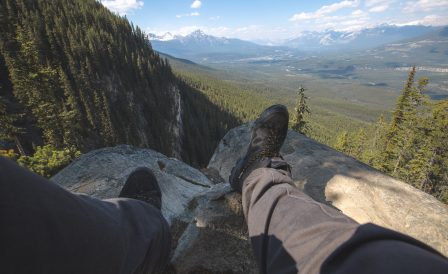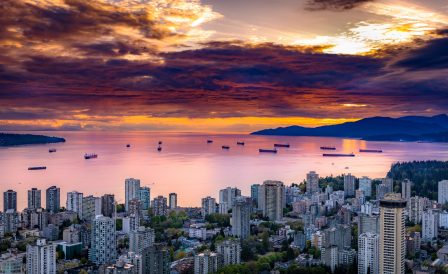Being a vast country (9,984,670 km2), Canada is divided into ten provinces and three territories, each differing geographically and climatically.
The provinces of British Columbia, Quebec, Ontario, Manitoba, Alberta and Saskatchewan are the most popular among immigrants.
Choosing a city is one of the most critical decisions, and it is essential to take into account factors like:
- the purpose of the trip: immigration, work, study, tourism,
- the demand for your profession and the situation in the labour market,
- climate,
- cost of living,
- language of communication,
- city size,
- lifestyle.
We have prepared a short overview of different Canadian cities and their features:
- Province of Alberta
- Province of British Columbia
- Manitoba
- Province of New Brunswick
- Province of Newfoundland and Labrador
- Province of Nova Scotia
- Northwest Territories
- Territory of Nunavut
- Province of Ontario
- Province of Prince Edward Island
- Province of Quebec
- Saskatchewan
- Yukon
Province of Alberta
Calgary
Population: 1,224,621
Average household income (per year): $128,748.60 CAD
Unemployment rate: 4.7%
Price per square metre when buying an apartment outside the centre: $2,808.20 CAD
Average summer temperature: +15
Average temperature winter: -7
Official language: English
Average income tax: 17.6%
Immigrant population: 28.2%
Visit the Heritage Park Historical Village, zoo and the annual cowboy rodeo festival, The Calgary Stampede.
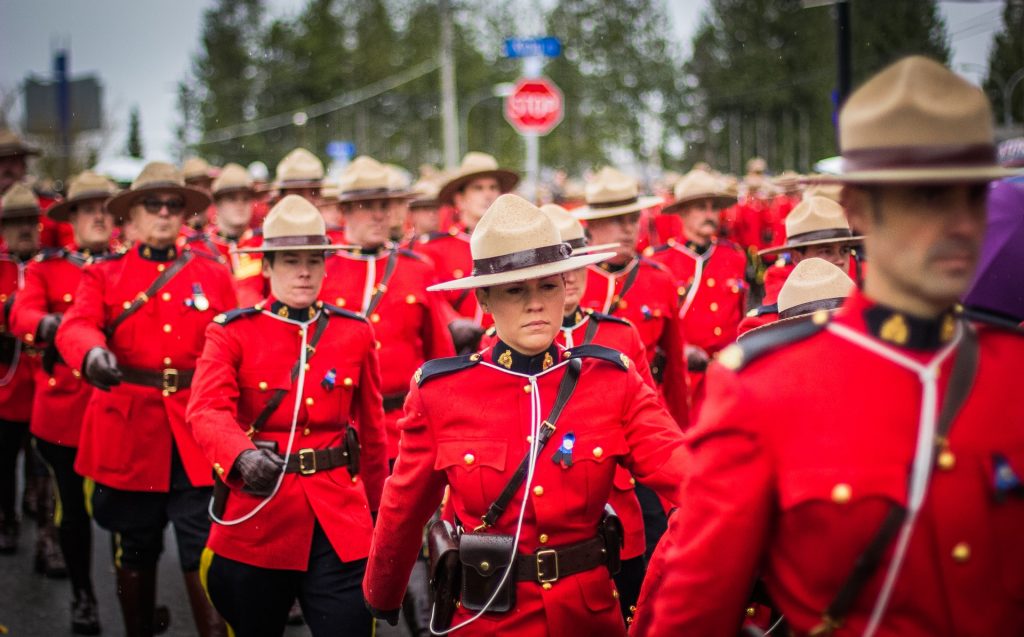
Calgary is the most significant city in Alberta, and the fifth-largest city in Canada, where people from different countries live comfortably.
The city’s economy is centred around the oil industry, financial institutions, high-tech companies, agriculture and tourism.
It is one of the fastest-growing cities, attracting large multinational companies, increasing the city’s importance in the global economy. In 1988, the city hosted the Winter Olympics, becoming the first Canadian city to receive this honour. Extensive sports facilities remain in the city (for example, the Canadian Olympic Park and the Olympic Oval). Winter sports are popular there (sledging, cross-country and alpine skiing, ski jumping, snowboarding). In the summer, Calgary residents go cycling, rollerblading, fishing on the Bow River and are especially fond of playing golf.
Universities located in the city:
- University of Calgary
- Mount Royal University
- Southern Alberta Institute of Technology (SAIT)
Edmonton
Population: 1,321,426
Average family income (per year): $93,455 CAD
Unemployment rate: 11.3%
Price per square metre when buying an apartment outside the centre: $2,330.17 CAD
The average temperature in summer: +16
The average temperature in winter: -9
Official language: English
Average income tax: 15.9%
Immigrant population: 24.5%
What to visit: West Edmonton Mall (in the book Guinness World Records), Elk Island National Park
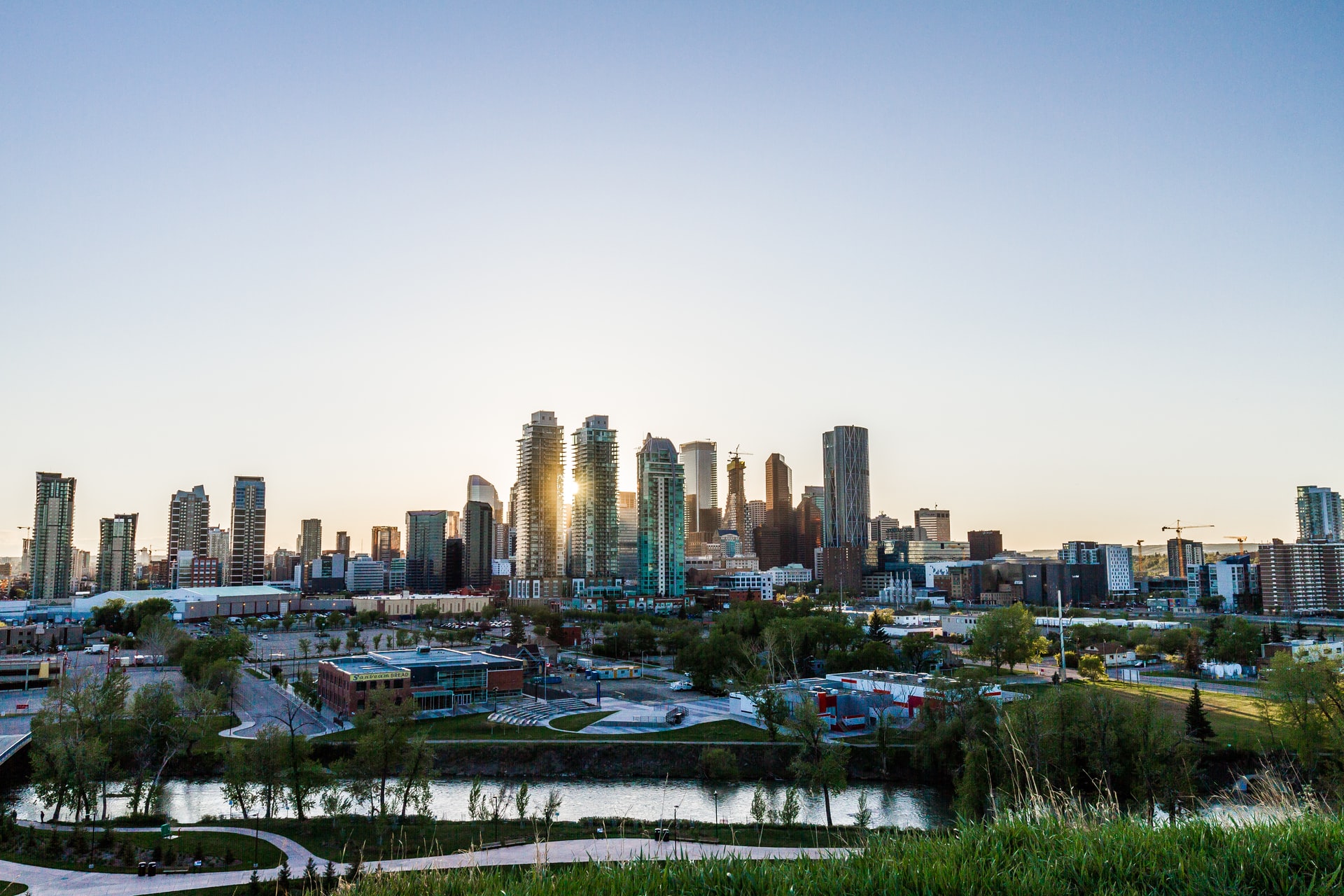
Edmonton is the capital of the province of Alberta (since 1905) and the 6th largest city in Canada. In the past, the town thrived mainly thanks to oil production in the region. Still, today Edmonton is known for its green areas and remains a large industrial and research centre, where large offices for companies such as IBM, TELUS, Dell and General Electric are located.
The city is located in a continental climate zone with dry, frosty winters and warm, moderately rainy summers.
Universities located in the city:
- Concordia University of Edmonton
- MacEwan University
- The King’s University of Alberta
Province of British Columbia
Vancouver
Population: 2,463,431
Average family income: CAD $80,423
Unemployment rate: 7.9%
Price per square metre when buying an apartment outside the centre: $9,125.06 CAD
Average summer temperature: +16
Average winter temperature: +3
Official language: English, French
Average income tax: 15.4%
Immigrant population: 45%
What to visit: Stanley Park, Vancouver Aquarium, Lions Gate Bridge, Seawall Embankment

Although Vancouver is the largest city in British Columbia, it is rightfully considered one of the most livable cities globally, which, of course, attracts a large number of immigrants.
The climate is mild and warm — you will not experience the cold and snowy winters typical of other regions of Canada, but you can be caught in heavy rains. In Vancouver, you can enjoy strolling through one of North America’s largest parks, Stanley Park, hiking in the mountains, cycling in summer and skiing in winter, and fresh fish. You can get around the city on the fully automated Skytrain.
The city is one of the largest industrial centres in the country. The city’s economy is
associated with mining, logging, agriculture, fishing, tourism, the film industry, software development and biotechnology.
Universities located in the city:
- Emily Carr University of Art + Design
- The University of British Columbia
- British Columbia Institute of Technology
Victoria
Population: 389,910
Average household income: $58,965 CAD
Unemployment Rate: 6.8%
Price per square metre when buying an apartment: 4,516.34 CAD
The average temperature in summer: +15
Average winter temperature: -5
Official language: English
Average income tax: 12.52%
Immigrant population: 18.7%
What to visit: Butchart Gardens, Royal BC Museum. Victoria is the capital of British Columbia and is located a half-hour drive and ferry ride from Vancouver. Numerous old buildings, gardens, museums, and pubs in the English style, reminiscent of the province’s colonial past, fit perfectly into the modern relaxed atmosphere of the city.
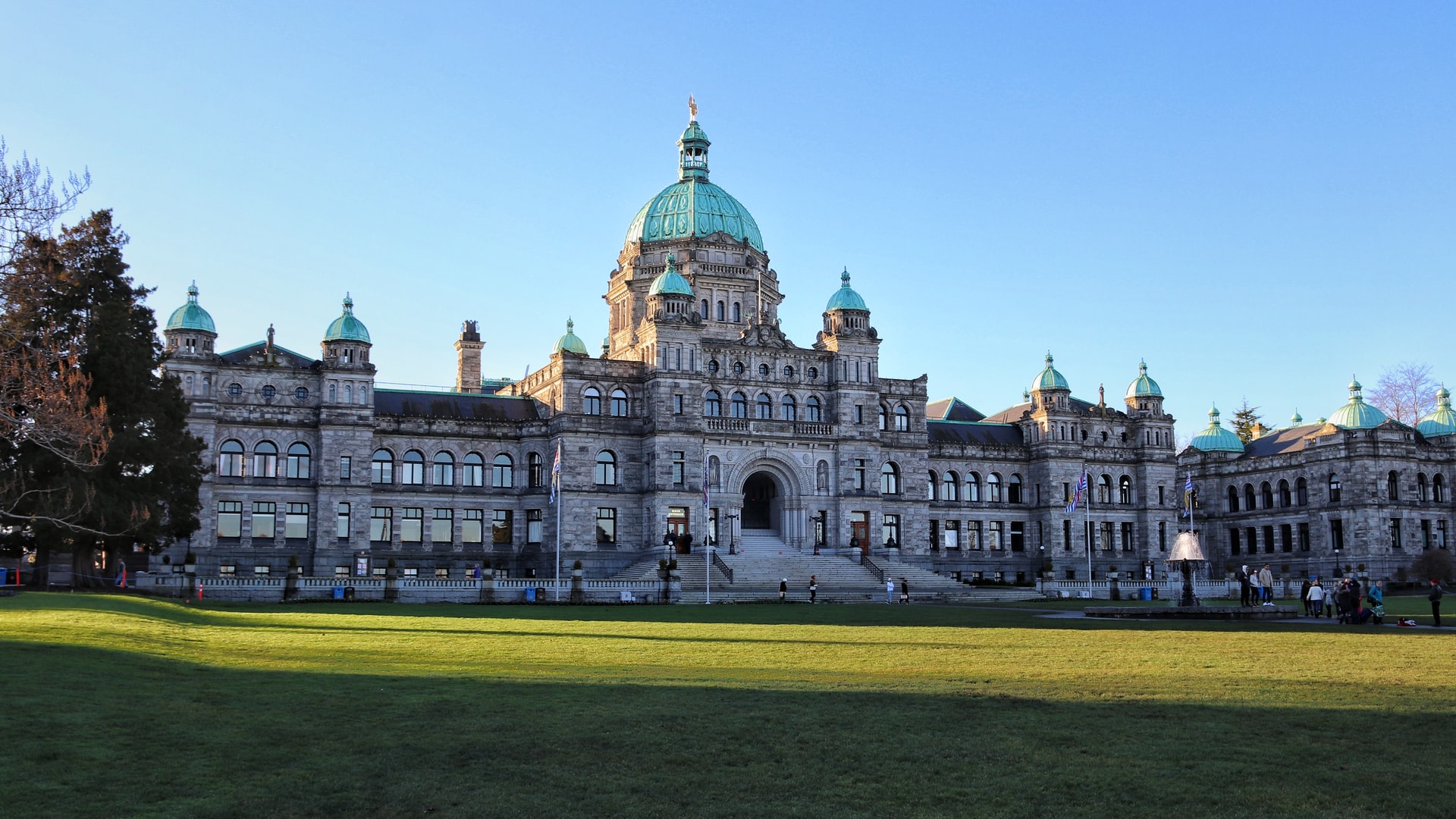
Victoria has a developed public sector, as well as services, agriculture and tourism. Here you will meet fans of active lifestyles who have come to ski resorts, as well as those who are fond of diving in cold water. But the city is also popular among pensioners.
Summers in Victoria are dry and warm, winters are cool and rainy.
The city is home to the famous University of Victoria, attracting students, scientists and researchers.
Universities located in the city:
- Royal Roads University
- University of Victoria
Manitoba
Winnipeg
Population: 778,489
Averages family income: $73 626 CAD
Unemployment Rate: 6.2%
Price per square metre when buying an apartment: $2,844.80 CAD
The average temperature in summer: +18
The average temperature in winter: -16
Official languages: English
Average income tax: 15.7%
Immigrant population: 21.8%
What to visit: Royal Mint, National Microbiology Laboratory, Human Rights Museum, Assiniboine Park.
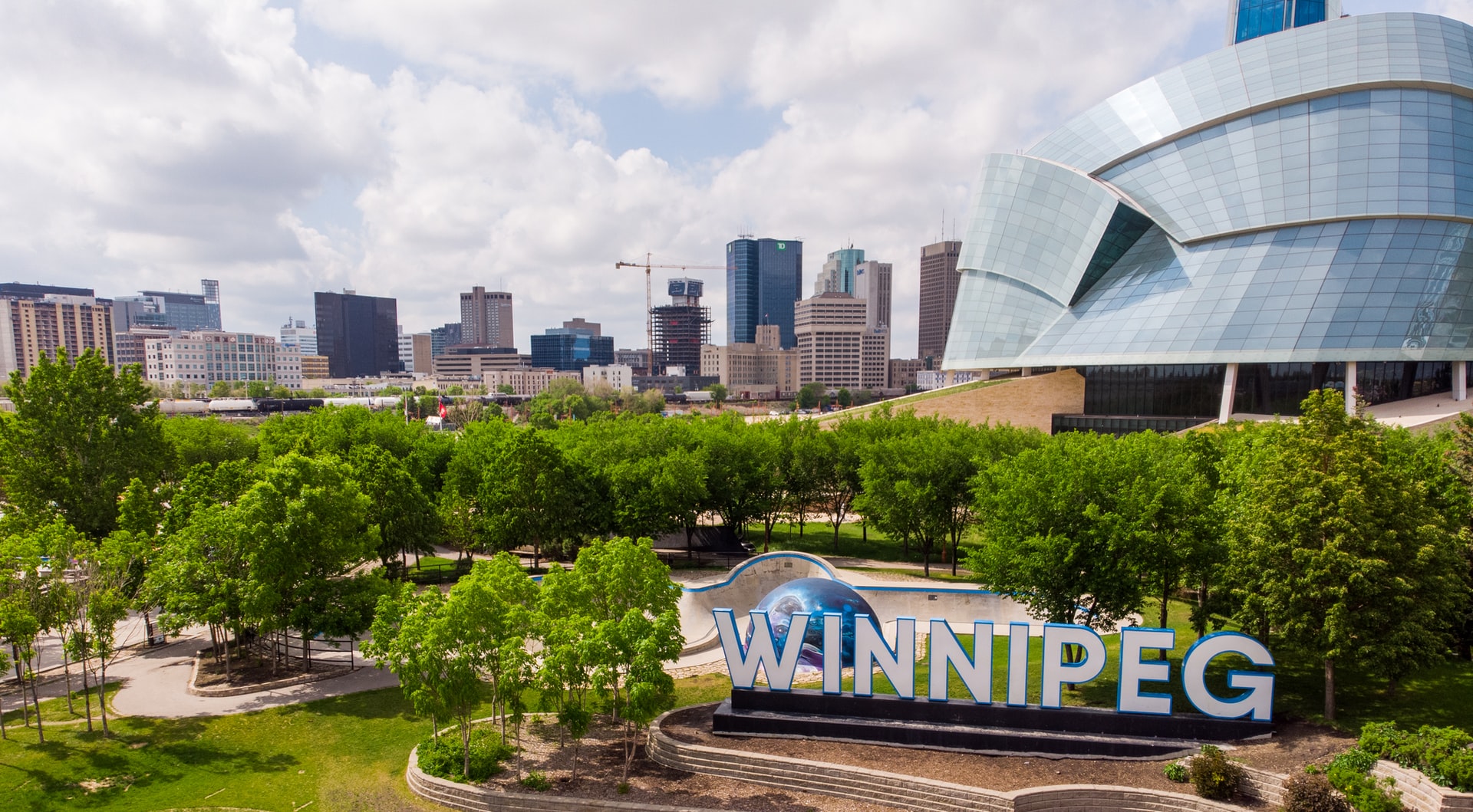
Friendly Winnipeg, the administrative centre of Manitoba, and Canada’s eighth-largest city. It has cold and windy winters and relatively warm summers. The town is a significant financial, commercial, industrial and research centre. Many locals and young people live there, but immigrants are not uncommon. For example, Winnipeg has a large Ukrainian diaspora.
In the summer, the city hosts a variety of cultural events (festivals, holidays).
Winnipeg is also the namesake of fairytale hero Winnie the Pooh, beloved by everyone from childhood.
Universities located in the city:
- Canadian Mennonite University
- St. Paul’s College
- The University of Winnipeg
- Université de Saint-Boniface
- University of Manitoba
Province of New Brunswick
Saint John
Population: 70,063
Average family income: CAD $68,142
Unemployment rate: 10.9%
Price per square metre when buying an apartment: $1,471.07 CAD
The average temperature in summer: +16
The average temperature in winter: -6
Official language: English and French
Average income tax: 14%
Number of immigrants: 4.6%
What to visit: Irving Nature Park, New Brunswick Museum.

Saint John is a major city in New Brunswick, located on the coast of the non-freezing Bay of Fundy, famous for the highest tides in the world.
The city has a successful industry and the infrastructure is constantly being updated. Every year, it becomes more dynamic and attractive, including for businesses in the service sector. If you love beer, be sure to try the famous Moosehead beer brewed here.
There are many vacancies for IT specialists in the city.
The university located in the city:
- University of New Brunswick
Fredericton
Population: 60,652
Average household income: $72,413 CAD
Unemployment Rate: 15.5%
Price per square metre when buying an apartment: $1,076.39 CAD
The average temperature in summer: +18
Average winter temperature: -8
Official language: English, French
Average income tax: 14.56%
Immigrant population: 8.1%
What to visit: city park, Officer’s Square, Harvest Jazz and Blues Festival, New Brunswick legislative building.
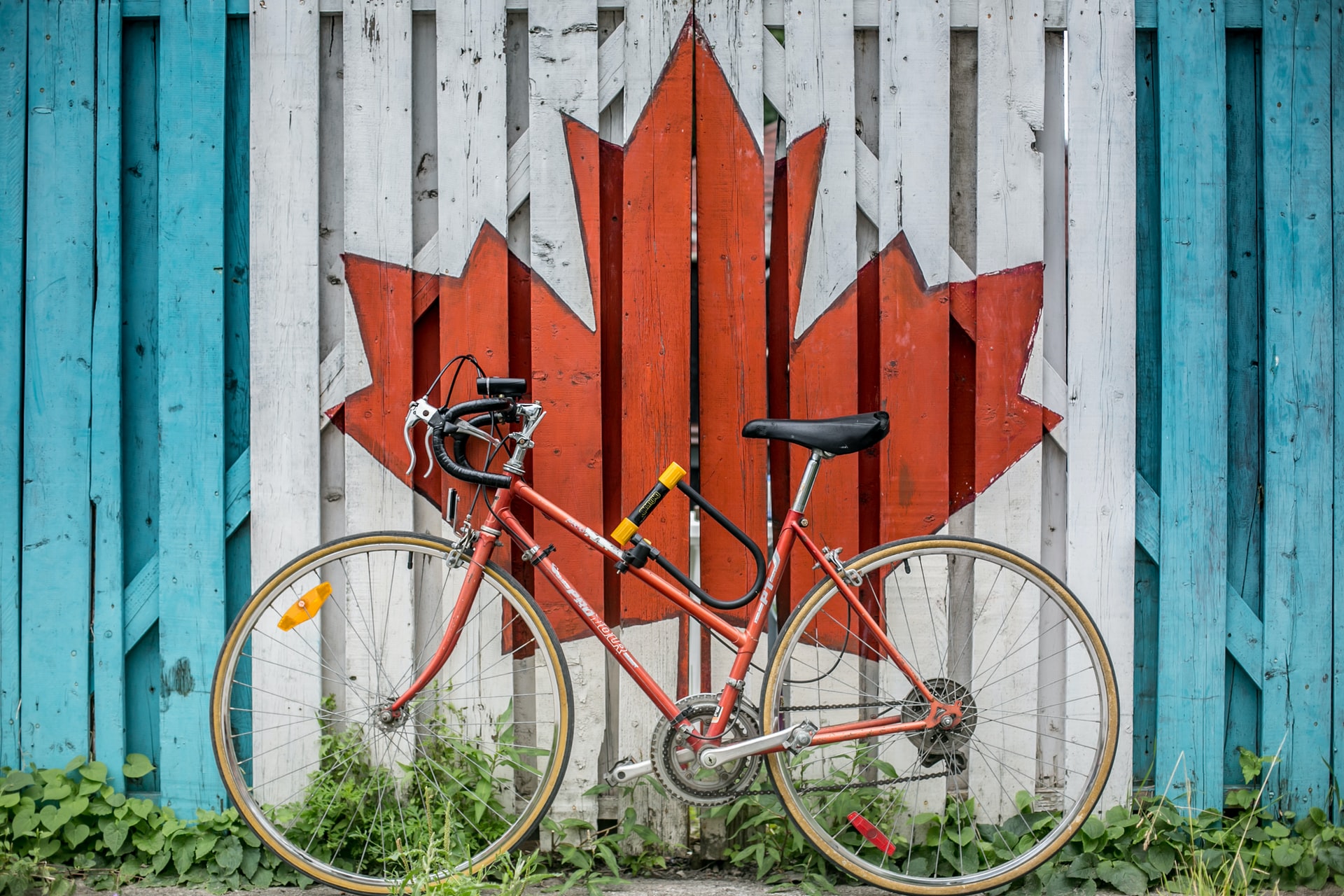
The charming city of Fredericton — the capital of the province of New Brunswick, which is dominated by a continental climate. The city has a developed public, educational and IT sector. It is forbidden to build high-rise buildings in Fredericton, so it looks very green, picturesque and compact. Many students come here. In the summer, you will find yourself at the next festival held in the city.
Universities located in the city:
- St. Thomas University
- University of New Brunswick
Province of Newfoundland and Labrador
St. John’s
Population: 205,995
Average household income: $81,449 CAD
Unemployment rate: 7.9%
Price per square metre when buying an apartment: 3,000.00 CAD
The average temperature in summer: +13
The average temperature in winter: -4
Official language: English
Average income tax 14.95%
Immigrant population: 3.23%
What to visit: Provincial Museum of Newfoundland and Labrador, Signal Hill
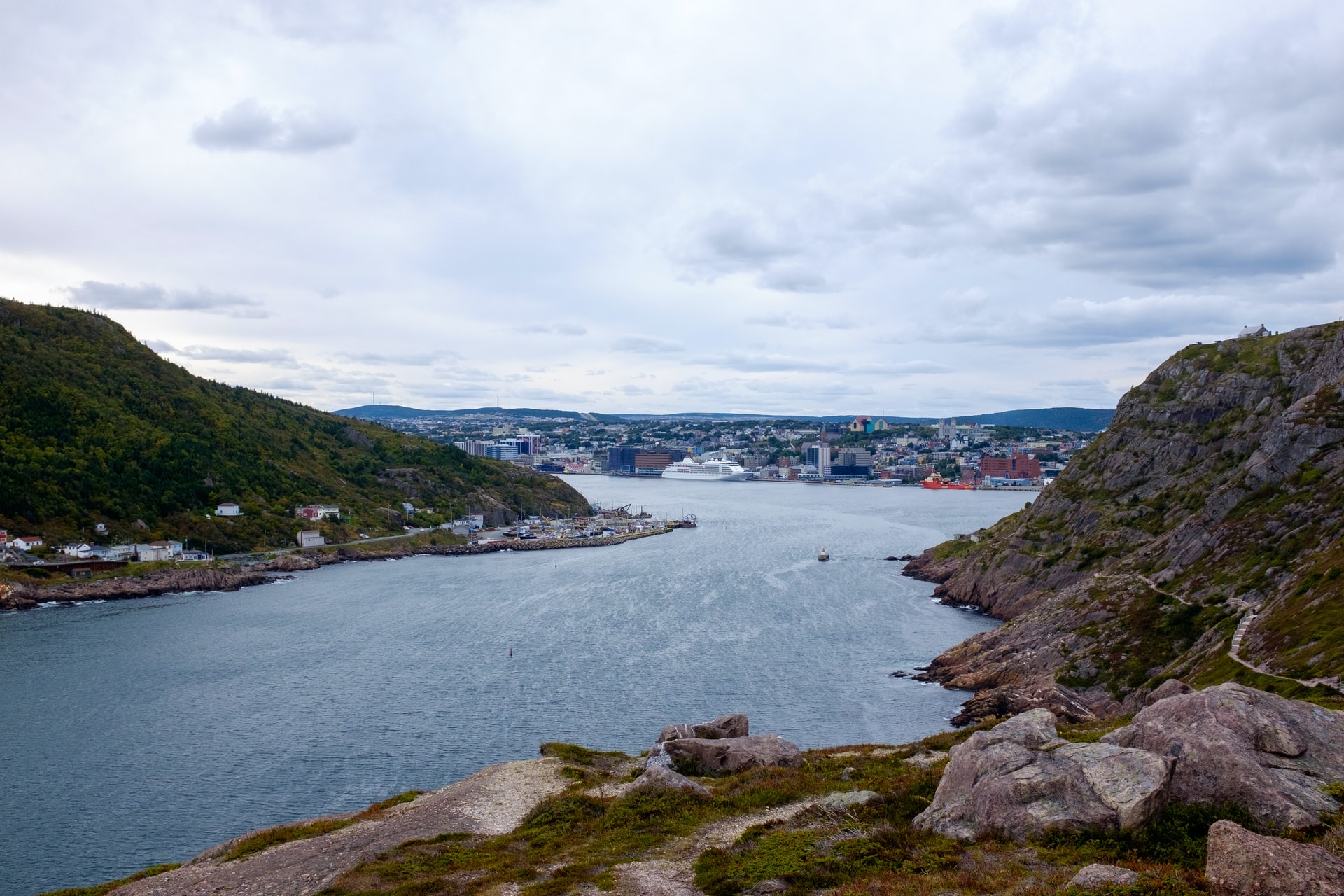
City of St. John’s — the capital of Newfoundland and Labrador, and the oldest settlement in North America, founded by the British, is located in Newfoundland. The city has an oil and gas industry, attracting many engineers and scientists. St. John’s has a developed retail and service sector, excellent conditions for the development of small businesses. Be sure to check out the local tourist shops and visit the annual festivals.
Do not forget to climb Signal Hill (preferably in summer!), where you can see the fort’s remains with cannons and the Cabot tower. Perhaps, if you’re lucky, you will be taken on historical reconstruction of the final battle of the Seven Years War.
The university located in the city:
- Memorial University of Newfoundland
Province of Nova Scotia
Halifax
Population: 403 390
Average family income: $76,795 CAD
Unemployment rate: 7.1%
Price per square metre when buying an apartment: $3,058.22 CAD
The average temperature in summer: +21
The average temperature in winter: -2
Official language: English
Average income tax: 16.3%
Immigrant population: 8.1%
What to visit: Citadel, Museum of Immigration, Maritime Museum of the Atlantic
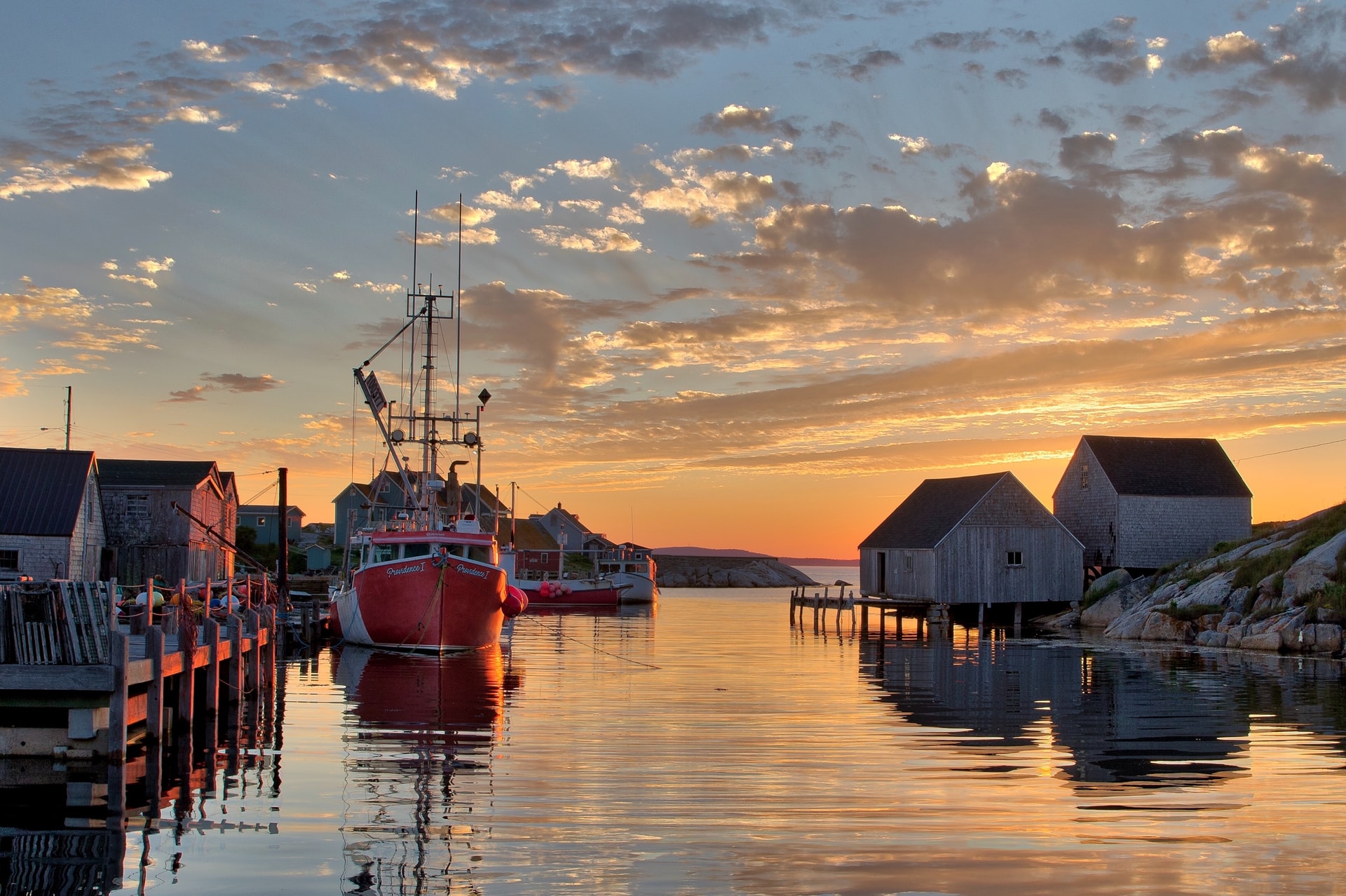
The Atlantic City of Halifax is not only the capital of Nova Scotia, it is also a large modern city, port, naval base, and the Atlantic economic, cultural and educational centre. A large number of educational institutions are located here. In 2008, Halifax (and Quebec) hosted the Ice Hockey World Championship.
The relief of Halifax is hilly. The weather is mostly windy.
In the past, immigrants entered Canada through Halifax.
Be sure to stroll along the Halifax waterfront, drop by a local cafe for the freshest seafood, and relax in city parks (Commons, Point Pleasant, public gardens, etc.)
In summer, Halifax is full of tourists who come on cruise ships.
Universities located in the city:
- Dalhousie University
- Mount Saint Vincent University
- NSCAD University
- Saint Mary’s University
- University of King’s College
Northwest Territories
Yellowknife
Population: 18,603
Average family income: CAD $134,265
Unemployment rate: 25%
Price per square metre when buying an apartment: $4,167.95
The average temperature in summer: +19
The average temperature in winter: -24
Official language: English
Average income tax: 15.9%
Immigrant population: 11.8%
What to visit: Nahanni National park (with Virginia Falls, a waterfall is twice as high as Niagara Falls), the diamond processing exhibition

Yellowknife is the economic and political capital of the Northwest territories, located near the Arctic circle, surrounded by dense forests and picturesque lakes. Tourists from all over the world come here to see the Northern Lights (if they’re lucky).
It is a cold city, but it is not very windy, and there is very little humidity, so low temperatures are easier to tolerate.
In the 20th century, Yellowknife actively mined for gold, but 30 years ago, it became known for deposits of diamonds, which led to the development of the diamond industry and made the city the centre of the largest diamond mining operation.
Territory of Nunavut
Iqaluit
Population: 3,191
Average family income: $132,889 CAD
Unemployment rate: 9.2%
Price per square metre when buying an apartment: $4,036.47 CAD
The average temperature in summer: +9
The average temperature in winter: -25
Official language: English, Inuktitut, French
Average income tax: 17.7%
Immigrant population: 5.1%
What to visit: Fjords, Nunatta Sunakkutaangit Museum, Qaummaarviit Territorial Park
Iqaluit is the largest city in Nunavut and the provincial capital. Compared to other “capitals” of Canada, Iqaluit has the smallest population. Most people work in the public sector, in the healthcare system and in the mining and oil and gas industries.
Iqaluit is located in the permafrost zone and has a harsh polar climate. Because of the cold waters of the Labrador Current and strong winds, it is freezing there. Winter is long and frosty, there is no summer like those most are used to.
Province of Ontario
Toronto
Population: 5,928,040
Average household income: $ 89,102
Unemployment rate: 6.2%
Price per square metre when buying an apartment outside the centre: $9,155.02 CAD
The average temperature in summer: +24
The average temperature in winter: -2
Official language: English, French
Average income tax: 17.35%
Immigrant population: 49.3%
What to visit: Hockey Hall of Fame, Zoo, Royal Botanic Gardens

Multicultural Toronto is Canada’s most populous city and the fourth most populous city in North America. This dynamic city attracts many immigrants and tourists, which is not surprising, as it is one of the ten most livable cities.
Toronto is the economic and cultural centre of the country. Here you’ll find the head offices of Canadian and multinational companies, the stock exchange, the headquarters of the largest banks in Canada, film and television studios, and numerous museums and galleries. You probably know about highrise buildings in Toronto, for example, the 553-metre high CN Tower.
There are many opportunities here in almost all industries(but also a lot of competition), and a high standard of living. Its location is also attractive: by car, you can easily reach New York State (USA) or significant Canadian cities.
Summers in Toronto are hot, winters are cold and windy, but there is almost no snow.
Universities located in the city:
- OCAD University
- Ryerson University
- University of St. Michael’s College
- University of Toronto
- University of Trinity College
- Victoria University
- York University
Ottawa
Population: 1,323,783
Average household income: CAD $92,527
Unemployment rate: 9.1%
Price per square metre when buying an apartment outside the centre: $3.204.90 CAD
The average temperature in summer: +20
The average temperature in winter: – 11
Languages: English, French
Average income tax: 17%
Immigrant population: 20.7%
What to see: Parliament Hill, Notre Dame Basilica, National Gallery, Canadian War Museum, Rideau Falls, The Tulip Festival
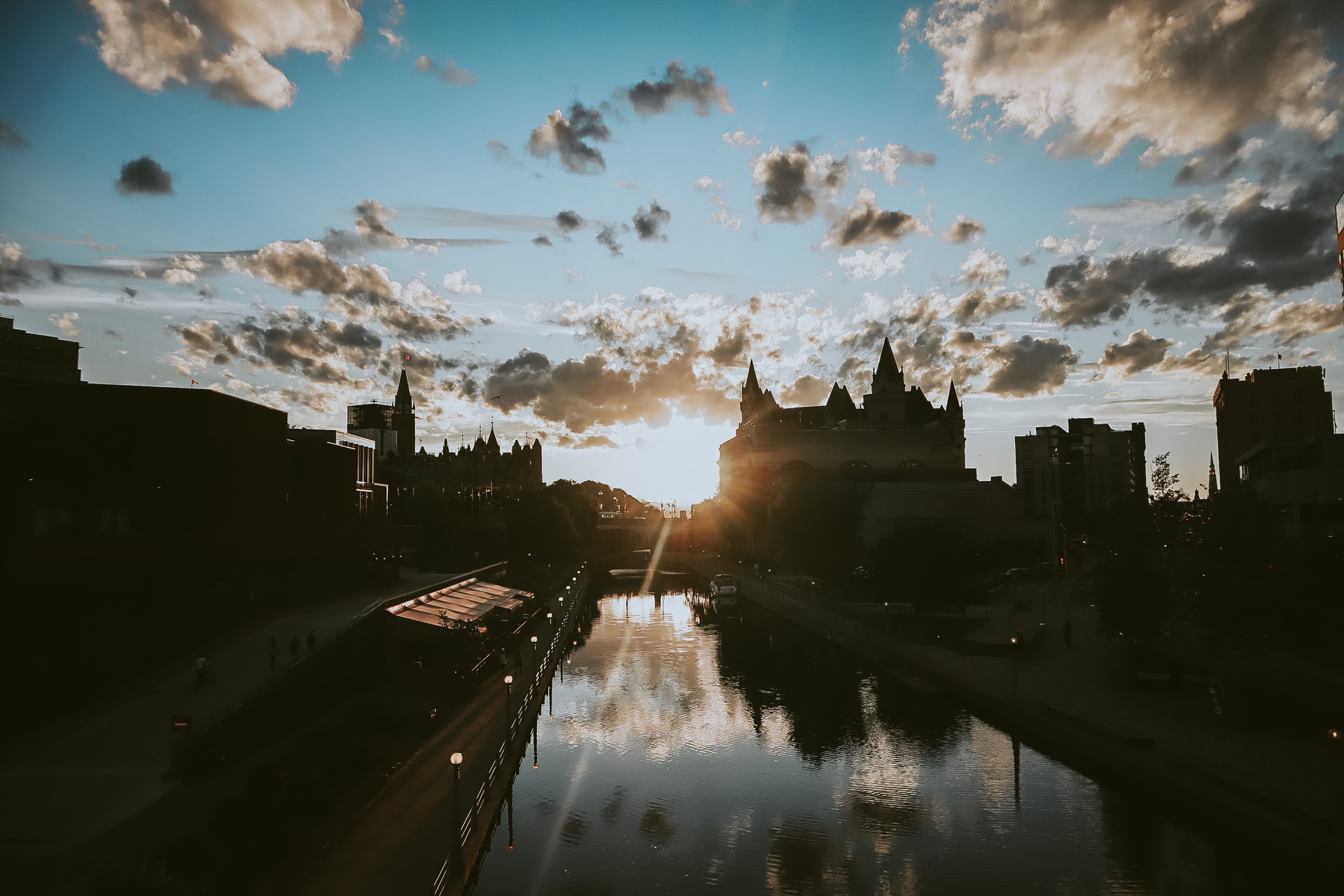
Ottawa is the administrative capital of Canada and the 4th largest city in the country. Ottawa is located in the lowlands at the junction of two provinces: Ontario and Quebec. Companies that work closely with the government or the public sector prefer to have their offices there.
Most of the residents work in the public service, the booming IT sector, healthcare, education, trade and finance.
Many immigrants come here attracted by economic opportunities and a high standard of living. About 1/5 of the city’s population was not born in Canada. Life in Ottawa is safe, and the people are friendly. It is believed that Ottawa is the city with the most educated population.
Even though Ottawa is the capital of Canada, the cost of real estate here is lower than in Toronto or Vancouver.
The climate is temperate continental, with hot summers and cold winters. Ottawa is considered the snowiest capital in the world. In summer, the city is covered in greenery. Here you will find many parks and squares (Andrew Haydon Park, Britannia Park, Claudette Cain Park, Mooney’s Bay Beach and others).
Universities located in the city:
- Carleton University
- University of Ottawa
London
Population: 382,760
Average family income: $74,070 CAD
Unemployment rate: 10.6%
Price per square metre when buying an apartment outside the centre: $3,292.77 CAD
The average temperature in summer: +25
The average temperature in winter: -5
Official language: English
Average income tax: 14.1%
Immigrant population: 21.3%
What to visit: Fanshawe Pioneer Village, Banting House, Eldon House
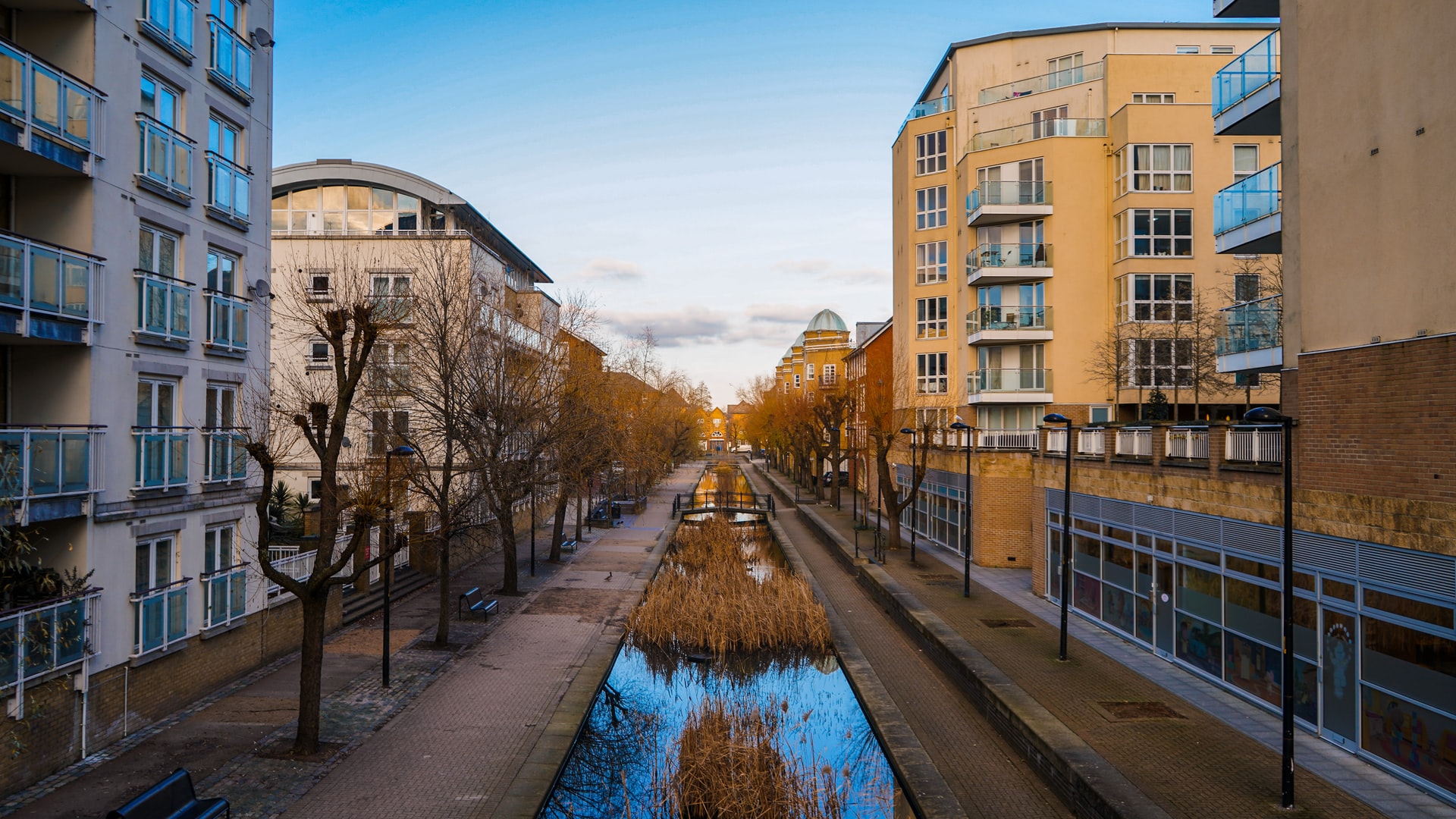
London is a regional centre for health and education. As in the capital of the same name in United Kingdom, here you will see double-decker buses and the River Thames.
Most people work in medical development, insurance, manufacturing and IT.
The city hosts various exhibitions, as well as music and art festivals, such as Sunfest, London Fringe Theatre Festival and Rock in the Park. At the same time, London is a sports city: hockey (London Knights of the Ontario Hockey League), football (Canadian Soccer League), water sports, cricket, rugby and rhythmic gymnastics are popular here.
Humid continental climate. Summers are hot and humid, spring and autumn are short, winters are cold and snowy.
Universities located in the city:
- Brescia University College
- Huron University College
- King’s University College
Province of Prince Edward Island
Charlottetown
Population: 38,918
Average household income: $65,736 CAD
Unemployment rate: 7.9%
Price per square metre when buying an apartment: $1,614.59 CAD
The average temperature in summer: +22
The average climate in winter: -7
Official language: English
Average income tax: 13.8%
Immigrant population: 10.3%
What to see: Government House, Victoria Park, Red Shores Race Track & Casino, Confederation Landing Park
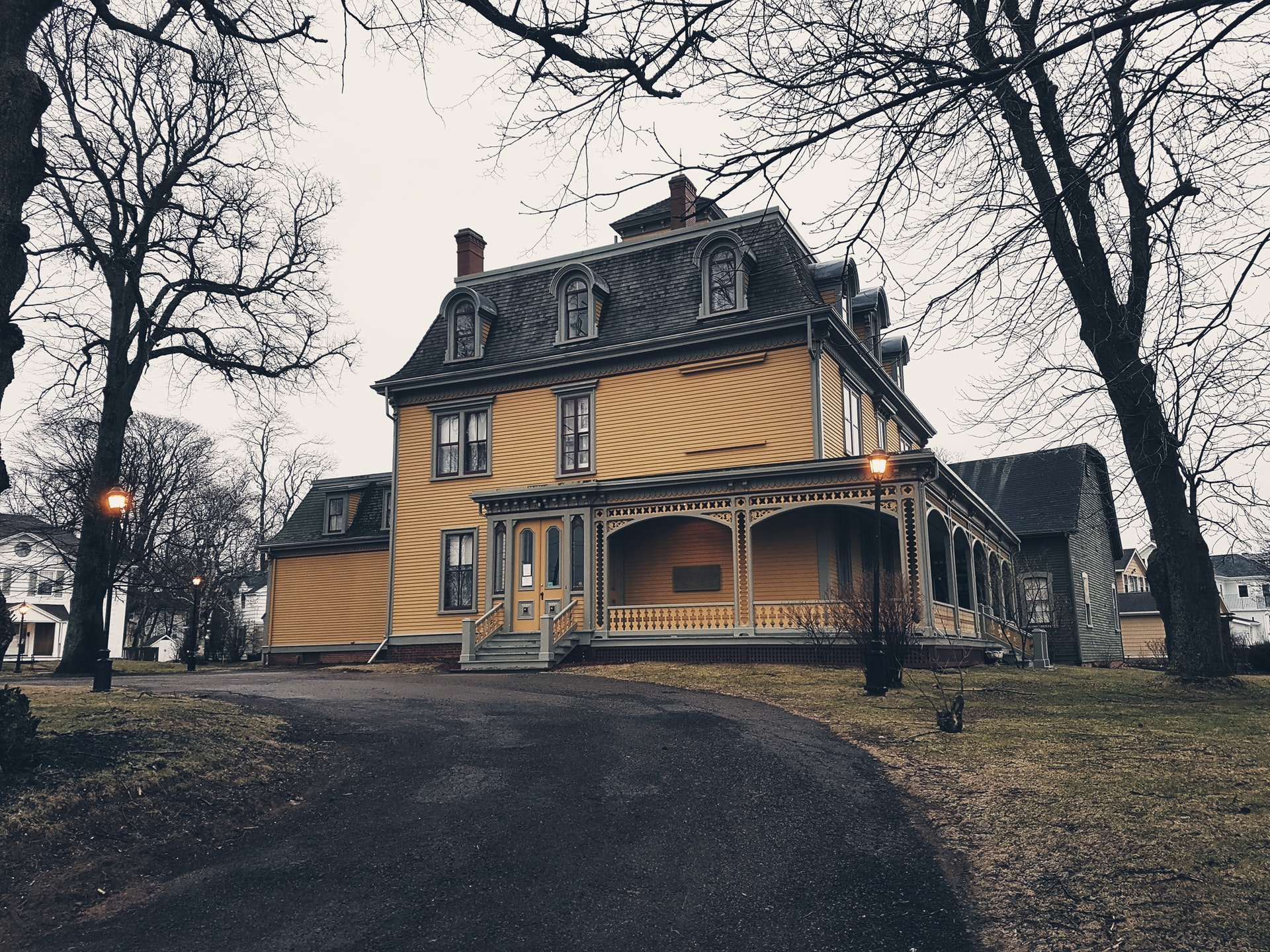
Charlottetown is the capital of Prince Edward Island, the commercial and cultural centre of the region. It is a small hospitable city. It was here that the Canadian Confederation began in 1867.
The city has preserved buildings of the Victorian era, and there are hiking trails and parks. In the summer, you will most likely pass by one of the theatrical performances. Sports fans will also have something to do: the city has many parks and playgrounds for football, baseball, softball, rugby and hockey.
The city’s residents work mainly in the public sector, healthcare and education, the chemical industry and biotechnology.
The city has a humid continental climate. Winters are pretty mild and snowy. In summer, the temperature does not rise above 23C.
University located in the city:
- University of Prince Edward Island
Province of Quebec
Montreal
Population: 4,098,927
Average household income: $66,832 CAD
Unemployment rate: 8.5%
Price per square metre when buying an apartment outside of the centre: $3,493.27 CAD
The average temperature in summer: +25
The average temperature in winter: -10
Official language: French
Average income tax: 16.48%
Immigrant population: 29.3%
What to see: Royal Hill, Old Port, Place des Arts, Biodome, Habitat 67
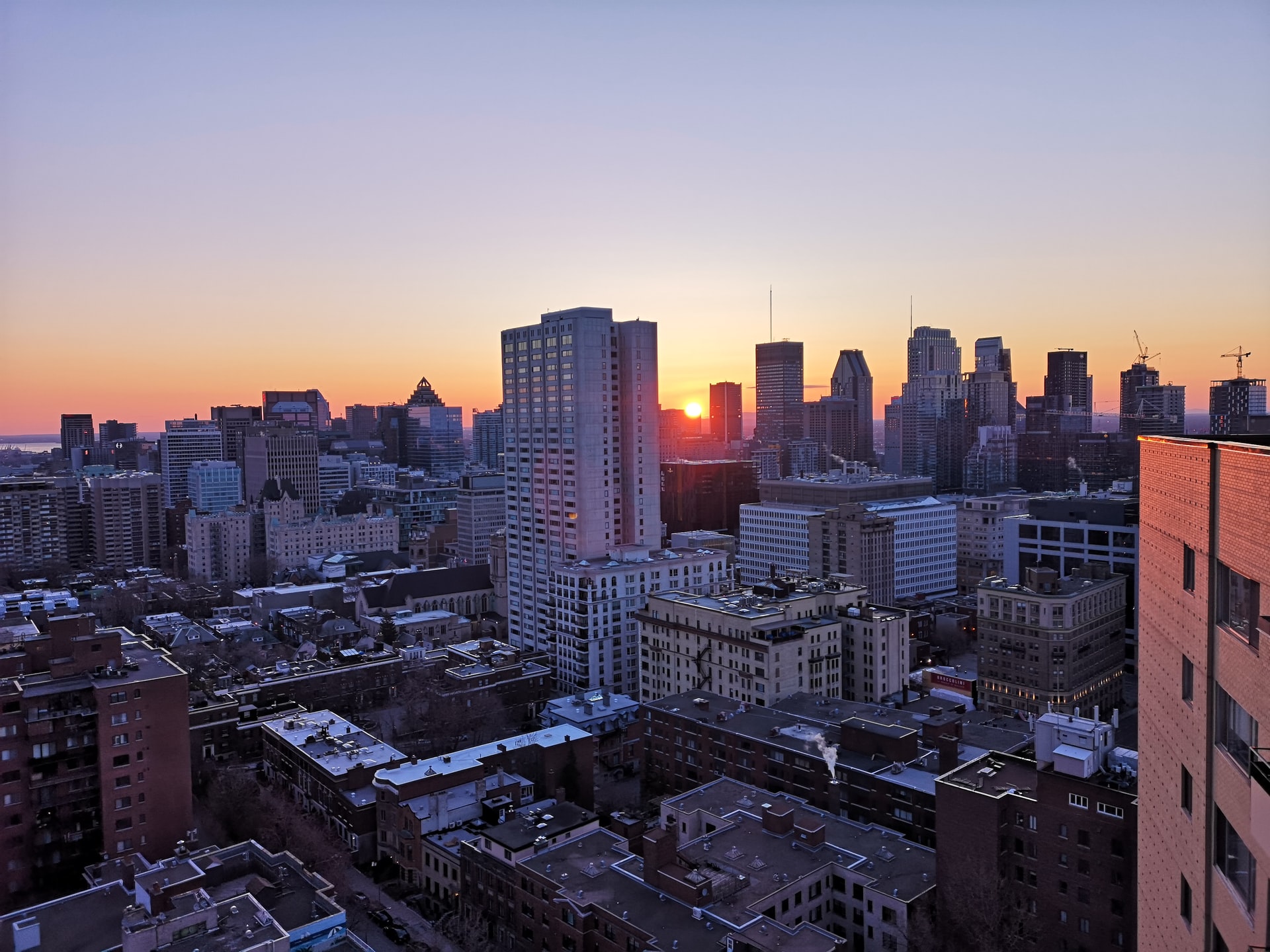
Multicultural Montreal — the economic capital of Quebec and the second-most populous city in Canada. The city seems to be in a constant state of flux. It is safe and clean, with a high standard of living. Aerospace industry and IT specialists, as well as those in pharmaceuticals, finance, culture and tourism, will find work here.
Montreal hosts year-round festivals and a wide range of artistic and cultural events. You can take a break from the bustle of the city in parks located throughout the city near the business and cultural districts. The city has hundreds of kilometres of bike paths and many stations for renting bikes.
The city has a humid continental climate with warm summers and cold snowy (and sometimes icy) winters.
Climbing King’s Hill in fine weather, you will get a beautiful view of the city centre and New York and Vermont, which can be seen on the horizon.
Universities located in the city:
- École de technologie supérieure
- HEC Montréal
- Polytechnique Montréal
- Concordia University
- Université de Montréal
- McGill University
Quebec City
Population: 531,902
Average household income: $67,488 CAD
Unemployment Rate: 7%
Price per square metre when buying an apartment outside the centre: $3,048.38 CAD
The average temperature in summer: +18
Average winter temperature: -10
Official Language: French
Average income tax: 15.2%
Immigrant population: 5%
What to see: Citadel, Funicular in Old Quebec, Aquarium Park
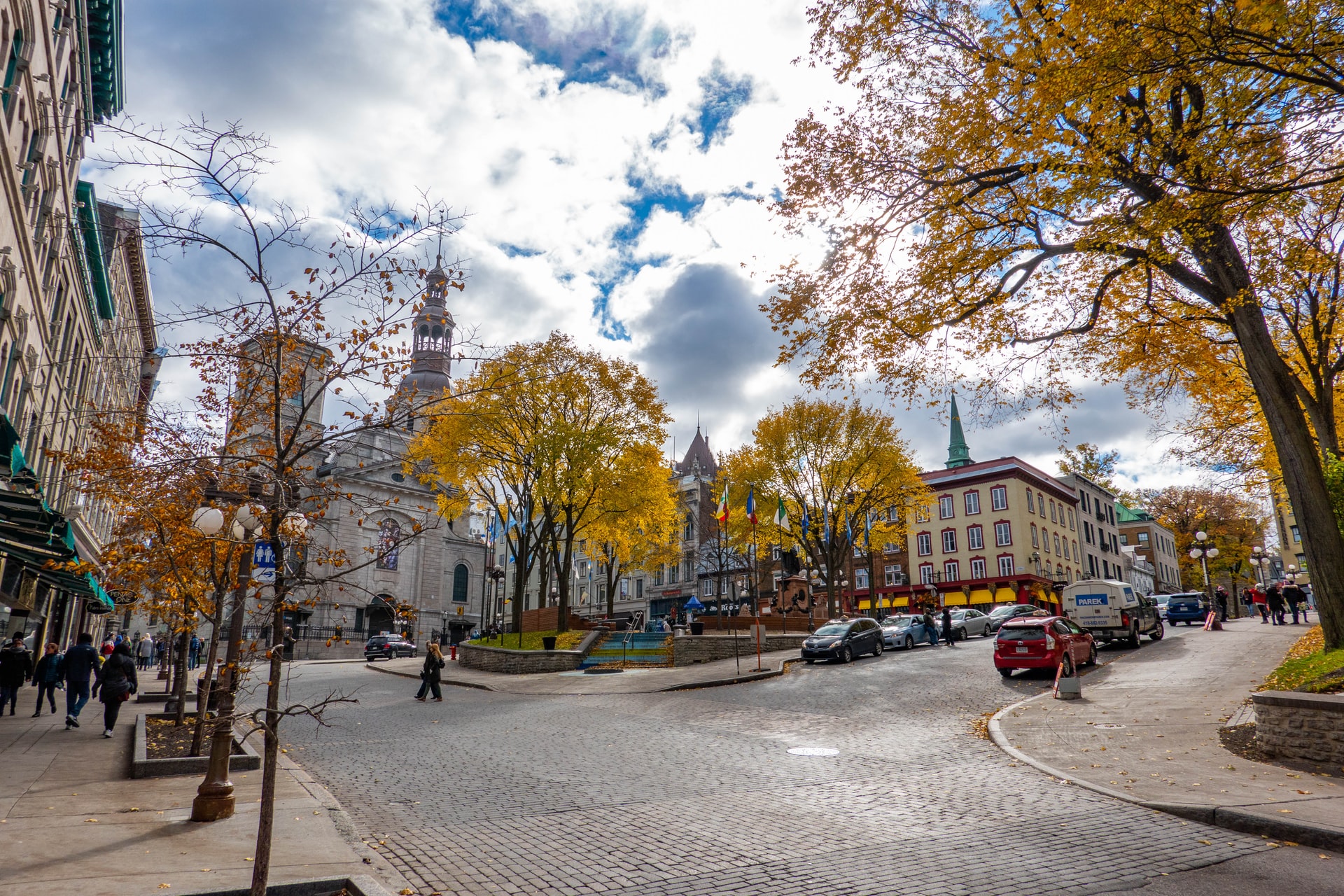
Quebec City is the political and administrative capital of the Canadian province of the same name and the 11th largest city in Canada. It is one of the oldest European cities in North America. The historic district of the town with stone buildings and winding streets has been declared a UNESCO World Heritage Site, while there are many high-rise buildings in the modern part of the city.
Thousands of tourists come here every year. There are many parks in the city (Battlefields Park, Parc Victoria, Parc Maizerets). In Chauveau Park, locals go canoeing, fishing, cross-country skiing, and play football.
Quebec has a humid continental climate. Summers are warm and sometimes hot. Winters are cold, windy and snowy.
The majority of the population works in government, defence, services, trade, transport, health care, education and tourism. Quebec is famous for its Winter Carnival and summer music festival. Quebec also hosts international sporting events: for example, the 2008 Ice Hockey World Championship, tennis tournaments and the Tour de Québec global cycling stage.
University located in the city:
- École nationale d’administration publique
- Institut national de la recherche scientifique
- Université du Québec
- Université Laval
- Université TÉLUQ
Saskatchewan
Regina
Population: 206,648
Average household income: $86,246 CAD
Unemployment Rate: 2.1%
Price per square metre when buying an apartment outside the centre: $2,649.49 CAD
The average temperature in summer: +17
The average temperature in winter: -15
Official language: English
Average income tax: 15.8%
Immigrant population: 11.3%
What to see: MacKenzie Art Gallery, Regina International Film Festival, Wascana Center
Regina is the capital of Saskatchewan and the second-largest city in the province. Regina is a great place to buy a new home in Canada with affordable housing prices and a low cost of living. Moreover, Regina is a city for quiet family life. However, there aren’t many immigrants here.
The city’s economy is linked to the service sector and industry, which is based around the area’s rich natural resources (oil, natural gas, grain).
There are many modern buildings and cosy cafes in the city. In Regina, great importance is attached to cultural life (museums, galleries, conservatory, theatre, dance).
Universities located in the city:
- Campion College
- First Nations University of Canada
- Luther College
- University of Regina
Saskatoon
Population: 295,095
Average family income: $82,739 CAD
Unemployment rate: 7.1%
Price per square metre when buying an apartment outside the centre: $4,586.81 CAD
The average temperature in summer: +17
The average temperature in winter: -15
Official language: English
Average income tax: 15.9%
Immigrant population: 12%
What to see: Western Development Museum, Zoo, Meewasin Valley
Saskatoon is the largest city in the province of Saskatchewan. It is the 17th most significant metropolis in Canada. The city is named after a berry that grows there. Saskatoon’s agriculture, biotechnology and finance sectors attract investment from pharmaceutical companies.
A cold arid climate characterises the town. Strong wind, thunderstorms and tornadoes are possible.
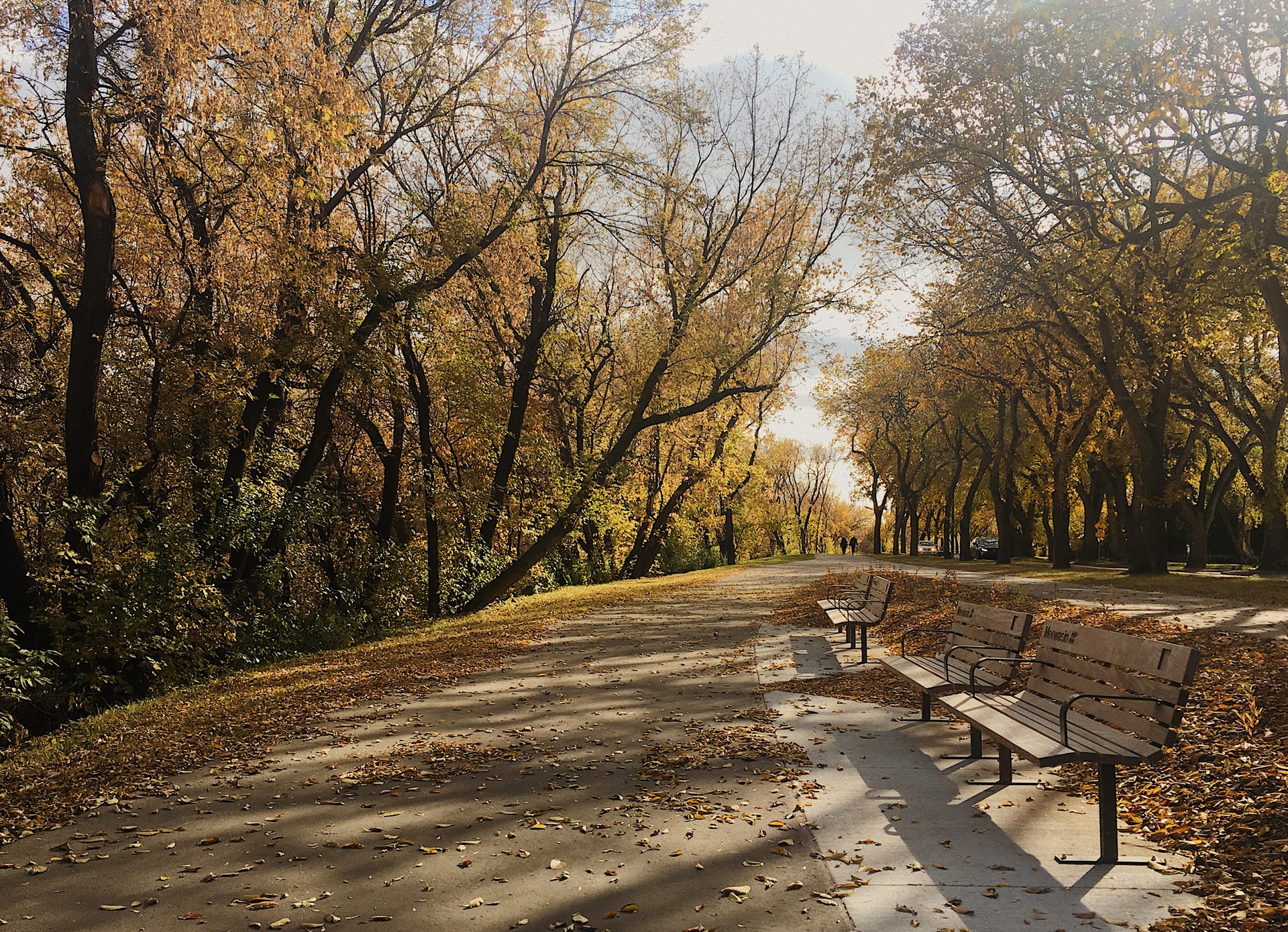
There are many festivals in the summer (Borealis Flamenco Festival, Food Truck Wars, Fireworks Festival, Chamber Music Festival, Dragon Boat Festival). On the last weekend of August, you can admire a vintage car exhibition and a fishing rod exhibition.
Universities located in the city:
- First Nations University of Canada
- St. Thomas More College
- University of Saskatchewan
Yukon
Whitehorse
Population: 22,403
Average household income: $95,352 CAD
Unemployment rate: 7.6%
Average summer temperature: +12
Average winter temperature: -15
Official language: English
Average income tax: 13.1%
Immigrant population:11.7%
What to see: Miles Canyon, Yukon Wildlife, SS Klondike II National Historic Site
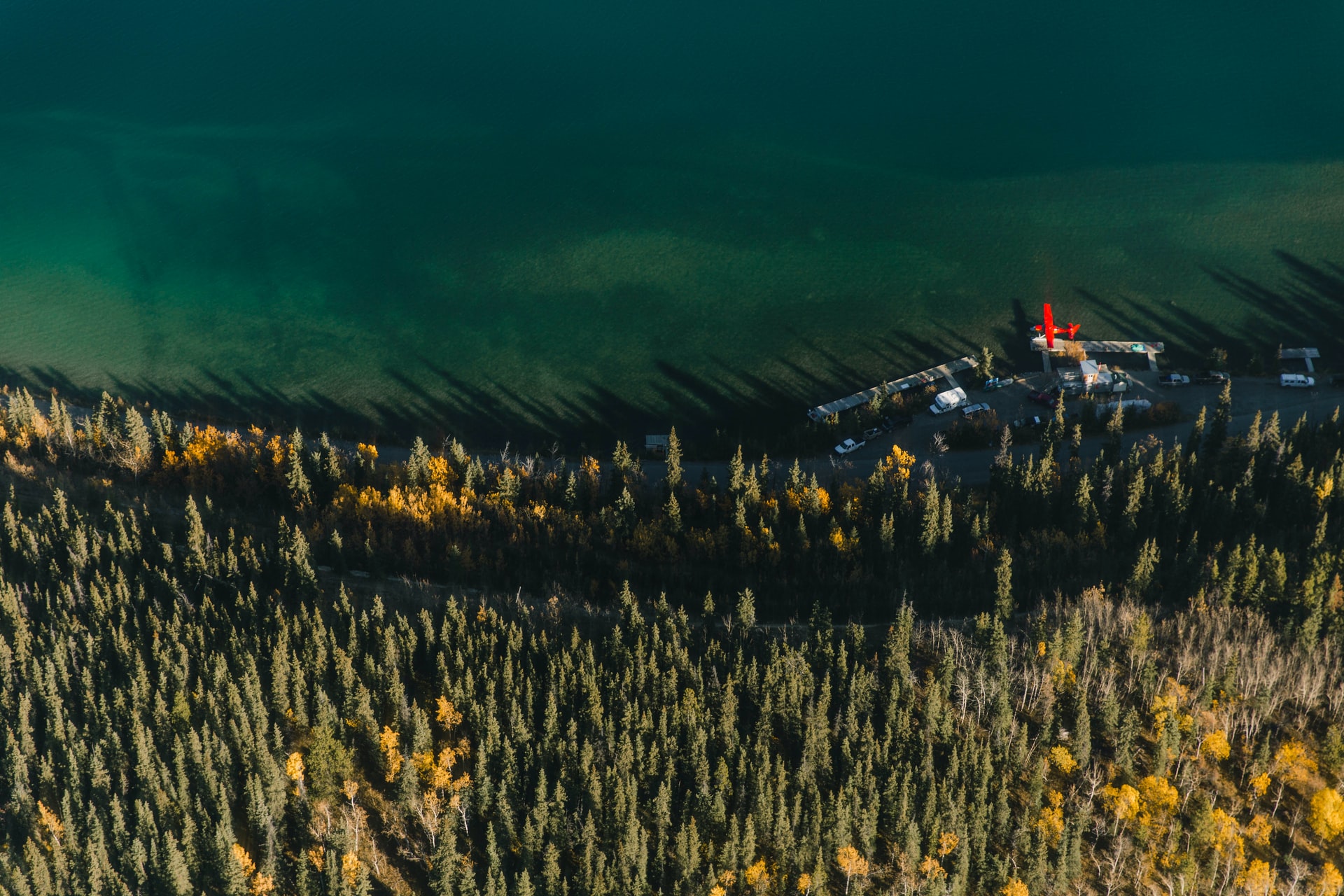
Whitehorse is the capital and major cultural centre of the Yukon territory, the largest city in northern Canada and the 64th largest city in the country. The town is surrounded by three mountains: Gray, Sumanik and Golden Horn. Due to its location in the valley and relative proximity to the Pacific Ocean, the climate there is dry, cold and subarctic, but comfortable enough for humans.
According to the Guinness Book of Records, Whitehorse is the city with the least air pollution in the world.
The population works mainly in the public sector and the mining industry.
It hosts the annual dog sledging competition and the Frostbite winter festival.

